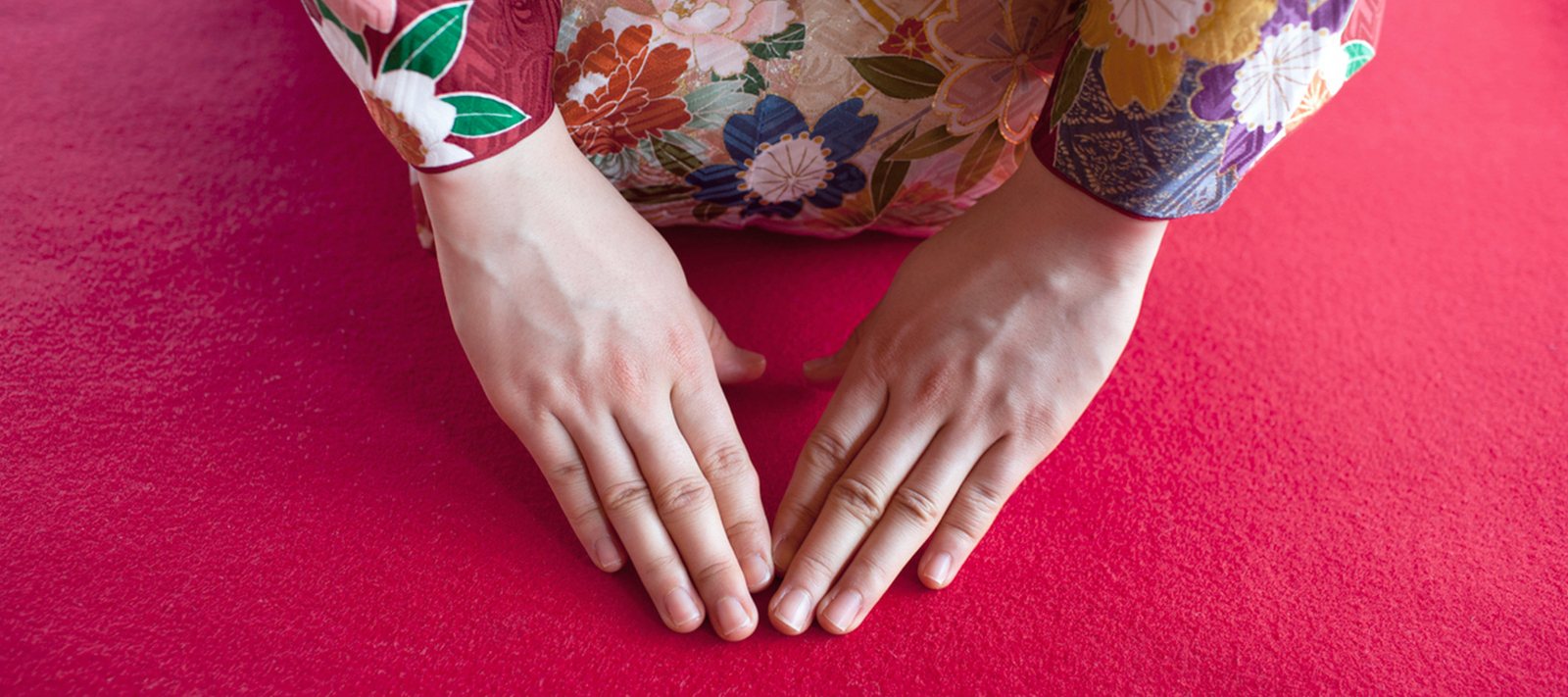
Ever heard of the word, omotenashi? It became a popular expression in the summer of 2020 when Japan announced the Summer Olympics in Tokyo.
The concept of omotenashi is deeply-rooted into every corner in Japan. Down below, we explain why it is an expression that we want to see more of around the world.

When breaking down the word, omotenashi comes from two words: 表 / omote / and 無し / nashi /. Omote translates to how you present yourself on the outside and nashi means nothing. When put together, omotenashi is an expression of genuine hospitality and treating others well without seeking any reward– an action or behavior that is done with sincerity.
The roots of omotenashi can be linked to the early stages of Japanese tea ceremony, sadō. Sen no Rikyū, the father of tea ceremony, emphasized the importance of providing ultimate hospitality and a once in lifetime experience while treating the guests with honor and respect. In tea ceremony, every action and word expressed is done with intention and meaning. Read more about the art of tea ceremony in Japan here. There is no doubt that the omotenashi concept was established through the tea ceremonies, adapted, and then passed on in modern times.

The easiest way to truly understand the omotenashi culture is to experience it. Fortunately, when you go to Japan, it is not hard to find yourself greeted and bowed to when you enter a shop, or encounter cleaning personnel at a train platform bow before they enter the train to clean. Even Japanese taxis are accustomed to the omotenashi cultures as they automatically open and close the door on its own!

Caring for another with intention also demonstrates the omotenashi spirit. Simple ways such as checking in on a friend, writing handwritten letters to ones you miss, or cleaning up the table for the next person demonstrates the omotenashi spirit. It is to add a little touch of sincerity in areas that people do not usually notice.


Another way to show the omotenashi spirit is through gift wrapping. For example, wrapping it in a Japanese wrapping cloth called furoshiki demonstrates the time that was taken to beautifully wrap the gift, and the intention of using a reusable and multifunctional gift wrap. Our furoshiki is perfect to use even after the holidays as a wine carrier or even a tissue box cover. Learn more about the furoshiki here and 5 simple ways to use our furoshiki other than for gift wrapping here.
Omotenashi may be a Japanese word that directly connects to the hospitality seen in Japan, but the practice of omotenashi is universal. Let us all remember to do things and act with intention and care for others.
References:

Culture

Culture

Culture